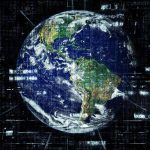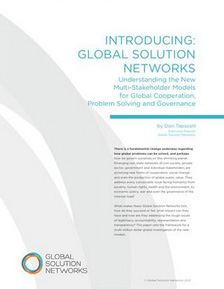One of the most important sessions at the Global Agenda Council Summit in Dubai addressed the issue of Managing Global Risks. We are moving into an age where profound threats are emerging to the global economy, society and even the very existence of humanity.
Consider something as mundane as the supply chain. Vast networks provide the world with food, clothing, fuel and other necessities. One expert explained some scenarios where a breakdown in the supply chain could lead to huge social unrest and even a disintegration of civilized society. Failure of the financial system, weapons of mass destruction, new communicable diseases, collapse of environmental systems, water security and 20 other topics make the world a volatile place subject to significant, and possibly catastrophic risks.
Many innovative ideas emerged to address this problem. For example one was to use the web to create a Global Risk Management Commons. Risk management in various sectors has tended to be proprietary, closed, short term and locked into organizational stovepipes. Why not apply the principles of transparency, sharing intellectual property, interdependence and collaboration to make a significant proportion of “risk management” a public good.
This “Linux of global risk management,” would be part database, and part collaborative platform. The database should be a living, evolving source of information, knowledge, scenarios, models, best practices and linkages to various risk categories. The platform would enable communities of practice for human dialogue, simulation, contingency planning, crisis response and overall collaboration.
For me it underlined that this is a time of great change, and new approaches to solving global problems. This idea and dozens like it did not come from the UN, The G20 or other formal institutions of global cooperation. It came from a new kind of multi-stakeholder network.
Now the challenge is to execute.





